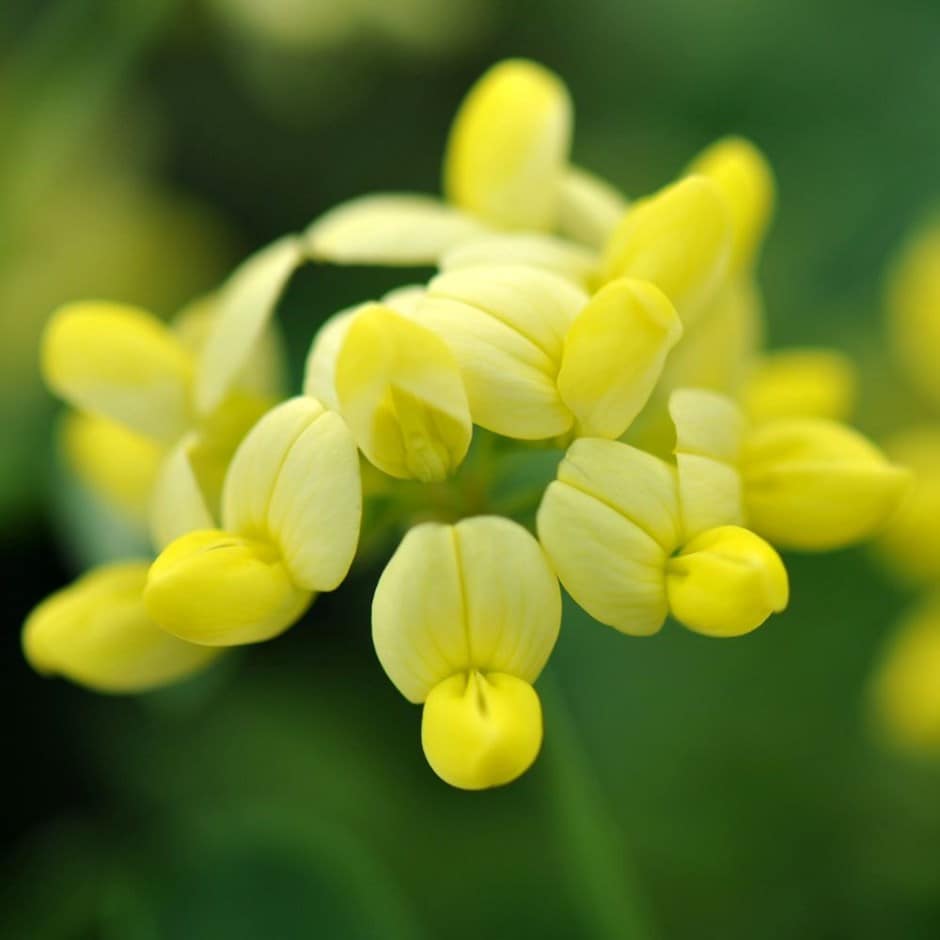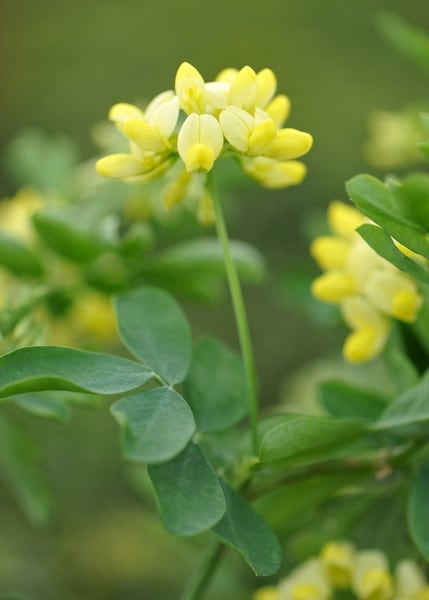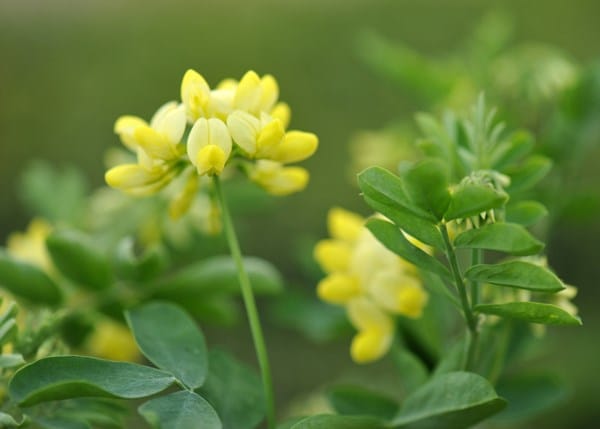Coronilla valentina subsp. glauca 'Citrina'
scorpion vetch
- 3 litre pot | 60cm cane
- £30.39 £37.99
- available to order from autumn
Delivery options
- Standard £5.99
- Position: full sun
- Soil: light, moderately fertile, well-drained soil
- Rate of growth: average
- Flowering period: February to April, often with another flush in late summer
- Hardiness: borderline hardy (may need winter protection)
A member of the pea family, this bushy evergreen shrub produces scented, pale lemon flowers for a prolonged period throughout the year. The initial burst begins in late winter and carries on, often well into spring, while there is usually a second flush in later summer followed by slender seed pods.
Despite reaching a modest height of 1m (3ft), this evergreen shrubby climber can be wall trained which will bolster its hardiness, and provide a scented backdrop to other sun-loving plants.
A native of Southern Europe and Northern Africa, Coronilla valentina subsp. glauca 'Citrina' is not quite fully hardy so will benefit from the protection of a sunny, south-facing wall.
Despite reaching a modest height of 1m (3ft), this evergreen shrubby climber can be wall trained which will bolster its hardiness, and provide a scented backdrop to other sun-loving plants.
A native of Southern Europe and Northern Africa, Coronilla valentina subsp. glauca 'Citrina' is not quite fully hardy so will benefit from the protection of a sunny, south-facing wall.
Coronilla thrives best in well-drained, light soil and a sunny, sheltered spot — ideally against a south or west-facing wall for extra protection from cold winds.
In the UK, it's semi-evergreen, keeping its blue-green foliage in milder winters, and prefers a slightly alkaline to neutral soil but will tolerate poor conditions as long as drainage is good.
When planting, incorporate some horticultural grit into the planting hole to improve drainage. Water regularly until established, then only during prolonged dry spells.
Prune lightly after flowering to maintain a neat shape and encourage more blooms, but avoid hard pruning as this can stress the plant.
In colder regions, a layer of mulch or fleece can help protect roots from frost.
In the UK, it's semi-evergreen, keeping its blue-green foliage in milder winters, and prefers a slightly alkaline to neutral soil but will tolerate poor conditions as long as drainage is good.
When planting, incorporate some horticultural grit into the planting hole to improve drainage. Water regularly until established, then only during prolonged dry spells.
Prune lightly after flowering to maintain a neat shape and encourage more blooms, but avoid hard pruning as this can stress the plant.
In colder regions, a layer of mulch or fleece can help protect roots from frost.


